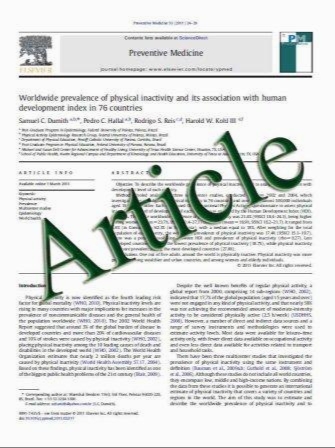Coblation tonsillectomy: is it inherently bloody?
- نوع فایل : کتاب
- زبان : انگلیسی
- مؤلف : I. Khan E. Abelardo N. W. Scott M. Shakeel O. Menakaya M. Jaramillo K. Mahmood
- چاپ و سال / کشور: 2011
Description
The aim of the study was to compare a single surgeon’s post-tonsillectomy haemorrhage rates using cold steel dissection and coblation tonsillectomy techniques. Retrospective study on patients, who underwent tonsillectomy at West Wales General Hospital (WWGH) performed by a single surgeon from 2006 to 2010 employing both cold steel and coblation tonsillectomies. Data were analysed using Mann–Whitney and Chi-squared tests. The nominated surgeon performed 239 tonsillectomies at WWGH from 2006 to 2010. 119 patients underwent cold steel dissection and 120 had coblation tonsillectomy. There was no demographic difference between the two groups. There was no statistically significant difference in the length of hospital stay between the two groups (median 1 day in each group). 6/119 (5.0%) patients in the cold steel group, and 7/120 (5.8%) in the coblation group had post-operative bleeding (p = 1.00). The return to theatre rate for cold steel dissection was 1/119 (0.84%) and for coblation surgery was 1/120 (0.83%) (p = 1.00). Among the first 60 cases of coblation tonsillectomies, 4 patients (6.6%) had post-operative haemorrhage and the latter 60 cases had 3 patients (5%). There was no evidence of a difference in the overall post-operative bleeding between those who had cold steel dissection and coblation tonsillectomies. These data suggest that higher post-operative haemorrhage is not inherent to coblation tonsillectomy.
Eur Arch Otorhinolaryngol, Received: 14 January 2011 / Accepted: 8 April 2011 Springer-Verlag 201


